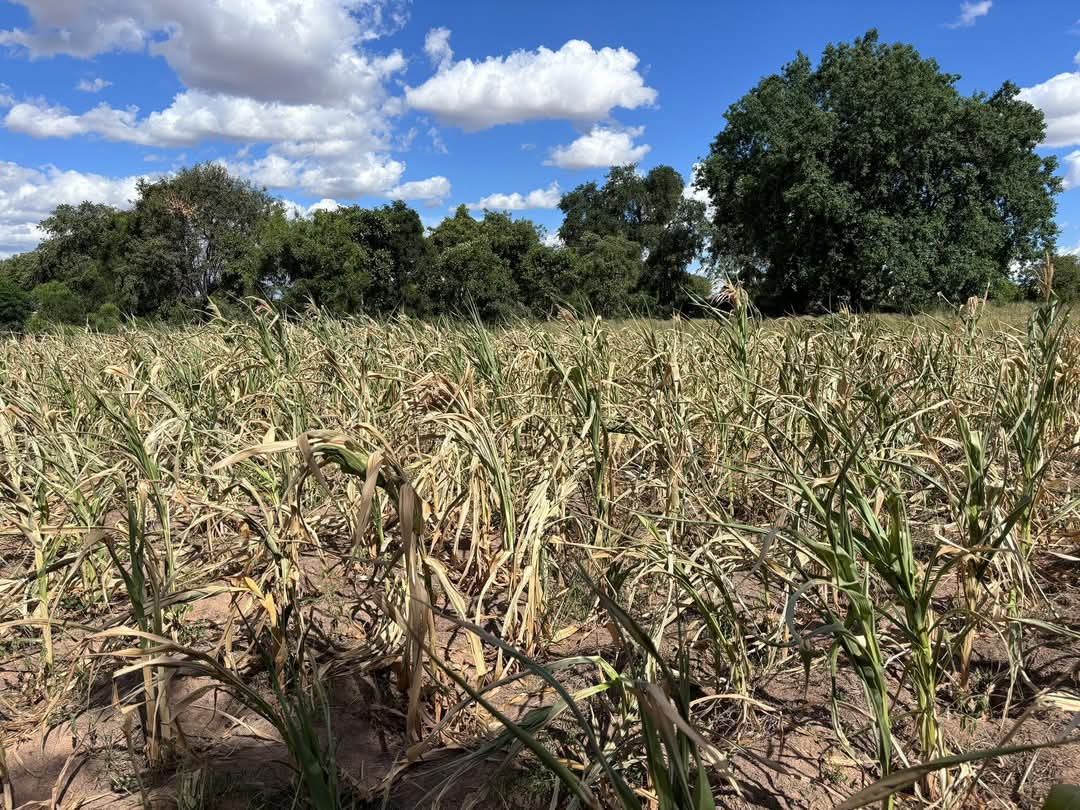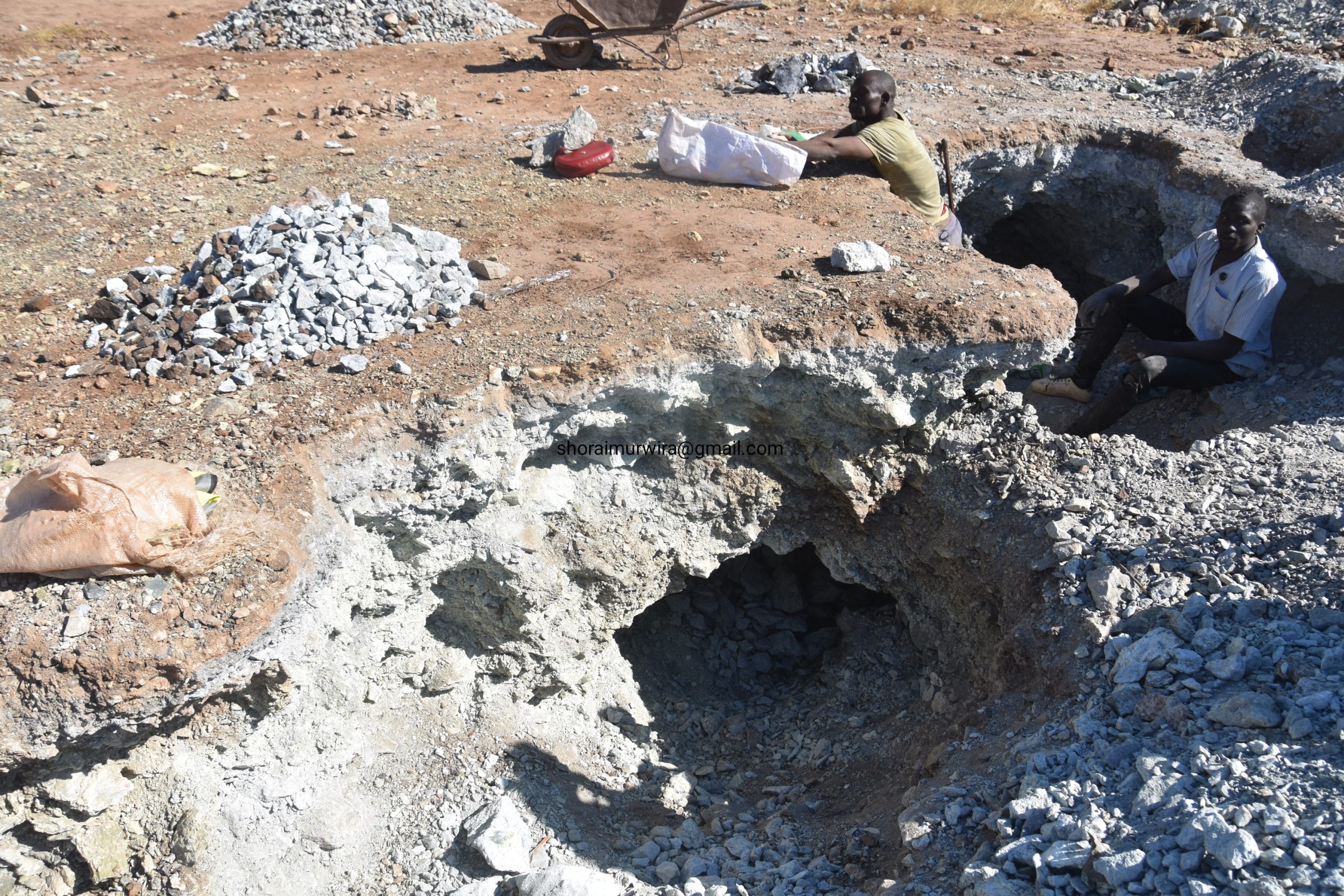Addis Ababa, Ethiopia – Climate shocks and prolonged food crises are undermining global progress in the fight against hunger, with Africa emerging as a region of deep concern, according to the latest State of Food Security and Nutrition in the World (SOFI) report.
While hunger declined globally in 2024, dropping from 8.5 percent in 2023 to 8.2 percent or around 673 million people Africa saw an increase, with over 20 percent of its population (307 million people) facing hunger, the report reveals.
The 2025 report, released by five United Nations agencies at the UN Food Systems Summit Stocktake in Addis Ababa, signals the devastating impact of climate change on African food systems.
Despite notable improvements in regions such as Latin America and Southern Asia, Africa’s upward hunger trend reflects the region’s exposure to extreme weather events, prolonged droughts, and worsening land degradation, all intensified by a rapidly warming climate.
According to the report, “the proportion of the population facing hunger in Africa surpassed 20 percent in 2024,” the highest of any region.
UN leaders say climate-linked disruptions from failed rains in East Africa to floods in the Sahel are eroding fragile agricultural systems, exacerbating food insecurity, and deepening poverty.
“While it is encouraging to see a decrease in the global hunger rate, we must recognize that progress is uneven,” said FAO Director-General, QU Dongyu. “SOFI 2025 serves as a critical reminder that we need to intensify efforts to ensure that everyone has access to sufficient, safe, and nutritious food.
” To achieve this, we must work collaboratively and innovatively with governments, organizations, and communities to address the specific challenges faced by vulnerable populations, especially in regions where hunger remains persistent.”
Between 2021 and 2023, back-to-back extreme weather events worsened by global heating combined with the economic fallout of the COVID-19 pandemic and the Ukraine war, caused global food prices to soar, with low-income countries, particularly in sub-Saharan Africa, hit hardest.
The SOFI 2025 report highlights that food price inflation reached 30 percent in low-income countries by May 2023, compared to the global median of 13.6 percent.
These shocks worsened the affordability of food across Africa, where millions already struggle with high costs of staple commodities like maize, wheat, and rice — many of which are now also impacted by declining agricultural productivity linked to erratic rainfall and heatwaves.
Climate change has also made food production more unpredictable. Failed harvests due to prolonged droughts in Zimbabwe, Ethiopia, and Somalia have deepened household vulnerabilities, forcing millions to rely on food aid while agricultural recovery remains stalled.
“In times of rising food prices and disrupted global value chains, we must step up our investments in rural and agricultural transformation,” said IFAD President, Alvaro Lario. “These investments are not only essential for ensuring food and nutrition security they are also critical for global stability.”
The report paints a mixed picture of global nutrition indicators. On one hand, there is a decline in child stunting, from 26.4 percent in 2012 to 23.2 percent in 2024, and a significant increase in exclusive breastfeeding rates, from 37 percent in 2012 to 47.8 percent in 2023.
On the other hand, child wasting and overweight remain largely unchanged, while anaemia among women has risen, affecting over 30 percent of women aged 15 to 49 in 2023.
In Africa, the situation is compounded by climate-induced food insecurity, which often deprives children and women of nutritious food, leading to long-term health consequences.
“Every child deserves the chance to grow and thrive,” said UNICEF Executive Director, Catherine Russell. “Yet over 190 million children under the age of 5 are affected by undernutrition.
We must work in collaboration with governments, the private sector and communities themselves to ensure that vulnerable families have access to food that is affordable and with adequate nutrition for children to develop.
” That includes strengthening social protection programs and teaching parents about locally produced nutritious food for children, including the importance of breastfeeding.”
The report warns that 512 million people could be chronically undernourished by 2030, with nearly 60 percent of them in Africa, unless urgent and climate-sensitive measures are taken.
“Hunger remains at alarming levels, yet the funding needed to tackle it is falling,” said WFP Executive Director, Cindy McCain.
“While the small reduction in overall rates of food insecurity is welcome, the continued failure to provide critical aid to people in desperate need will soon wipe out these hard-won gains, sparking further instability in volatile regions of the world.”
Despite the global drop in those unable to afford a healthy diet from 2.76 billion in 2019 to 2.60 billion in 2024 Africa saw a rise, with 545 million people priced out of nutritious food in 2024, up from 464 million in 2019.
“In recent years, the world has made good progress in reducing stunting and supporting exclusive breastfeeding,” said WHO Director-General, Dr. Tedros Adhanom Ghebreyesus, “but there is still much to be done to relieve millions of people from the burdens of food insecurity and malnutrition. This report shows where the gaps are and who is being left behind, and where we must direct our efforts to ensure that everyone has access to a healthy and nutritious diet.”The Call for Climate-Informed Food PolicyThe report calls on governments to design food and nutrition systems that are more resilient to climate and economic shocks.
This includes targeted fiscal measures such as climate-smart social protection programs, transparent and credible monetary policies, and long-term investments in agricultural innovation, infrastructure, and early warning systems.









